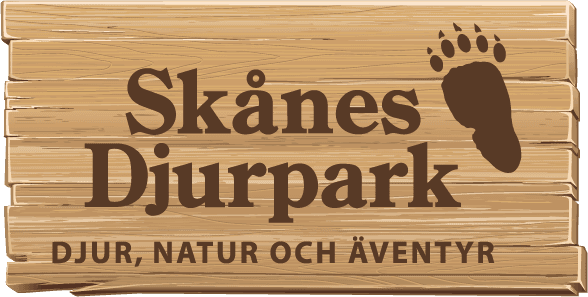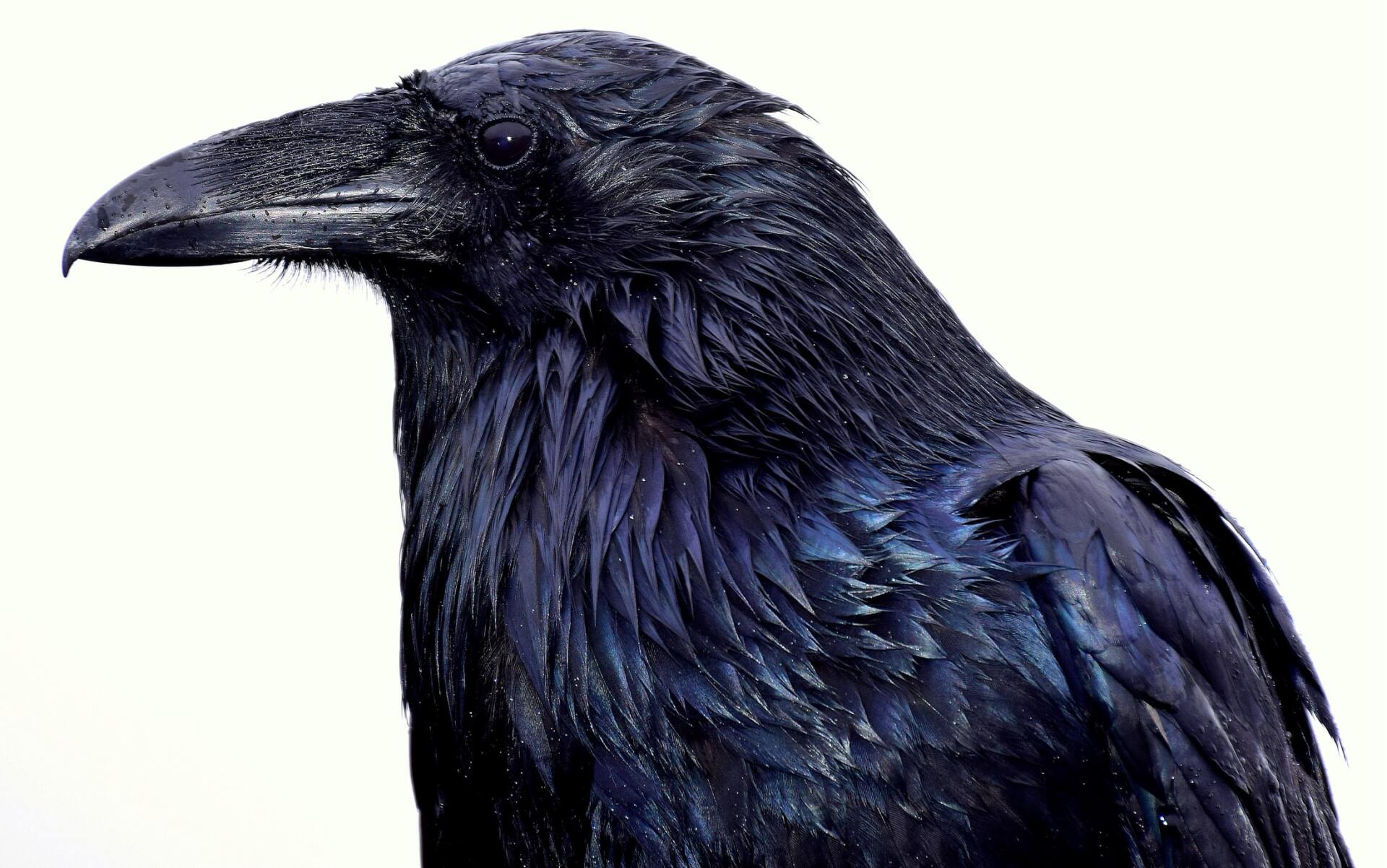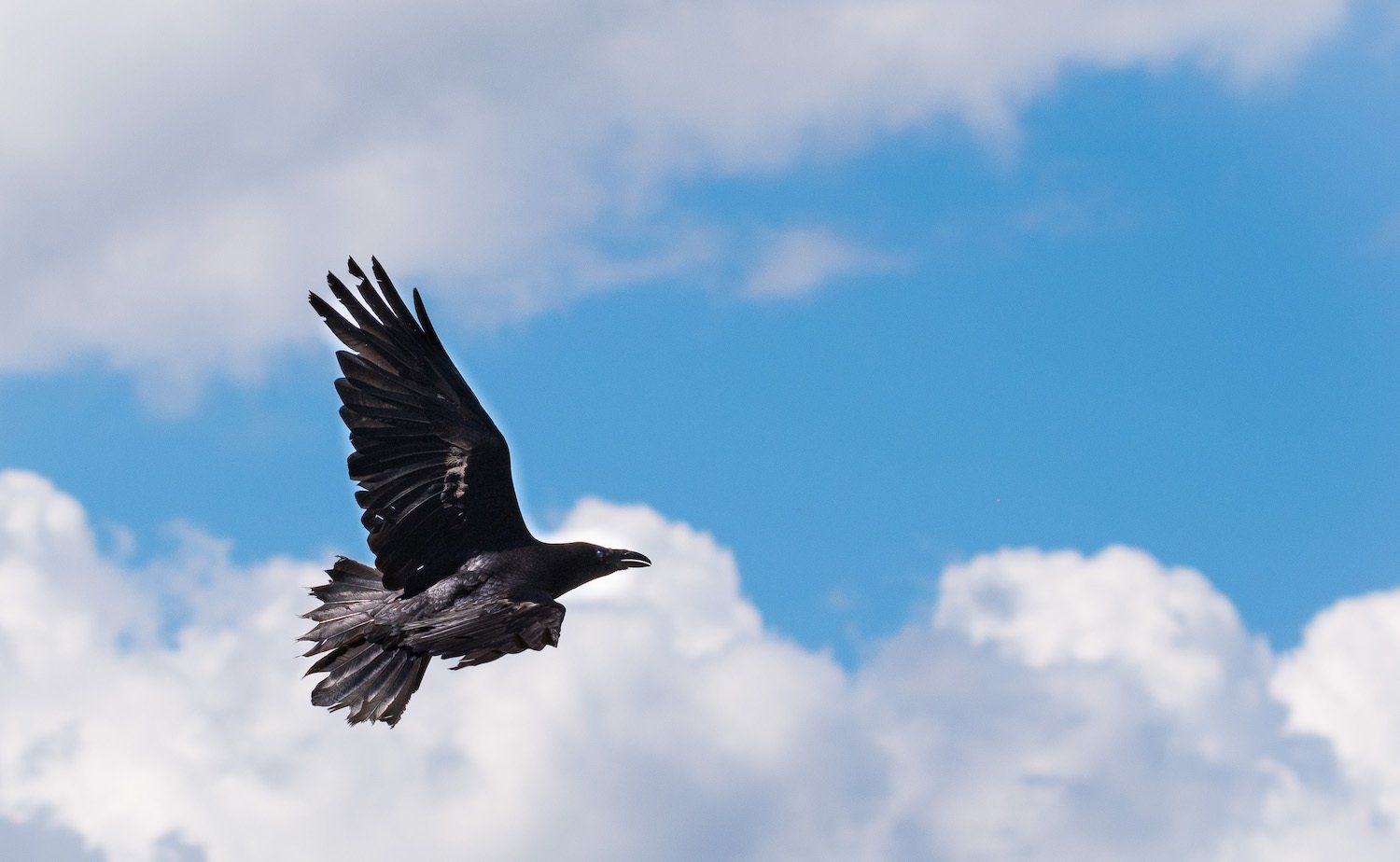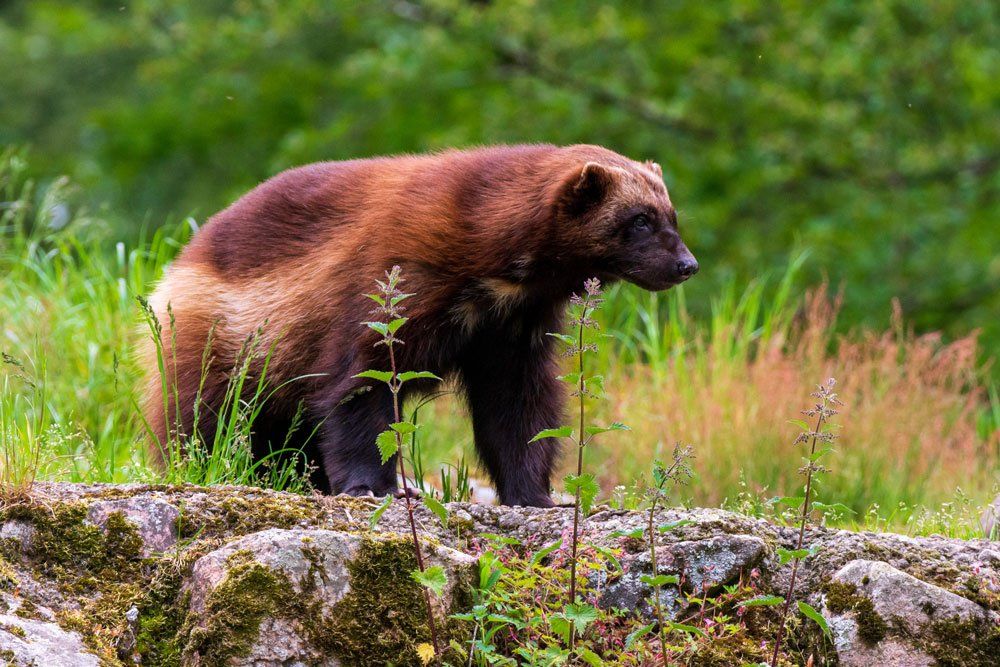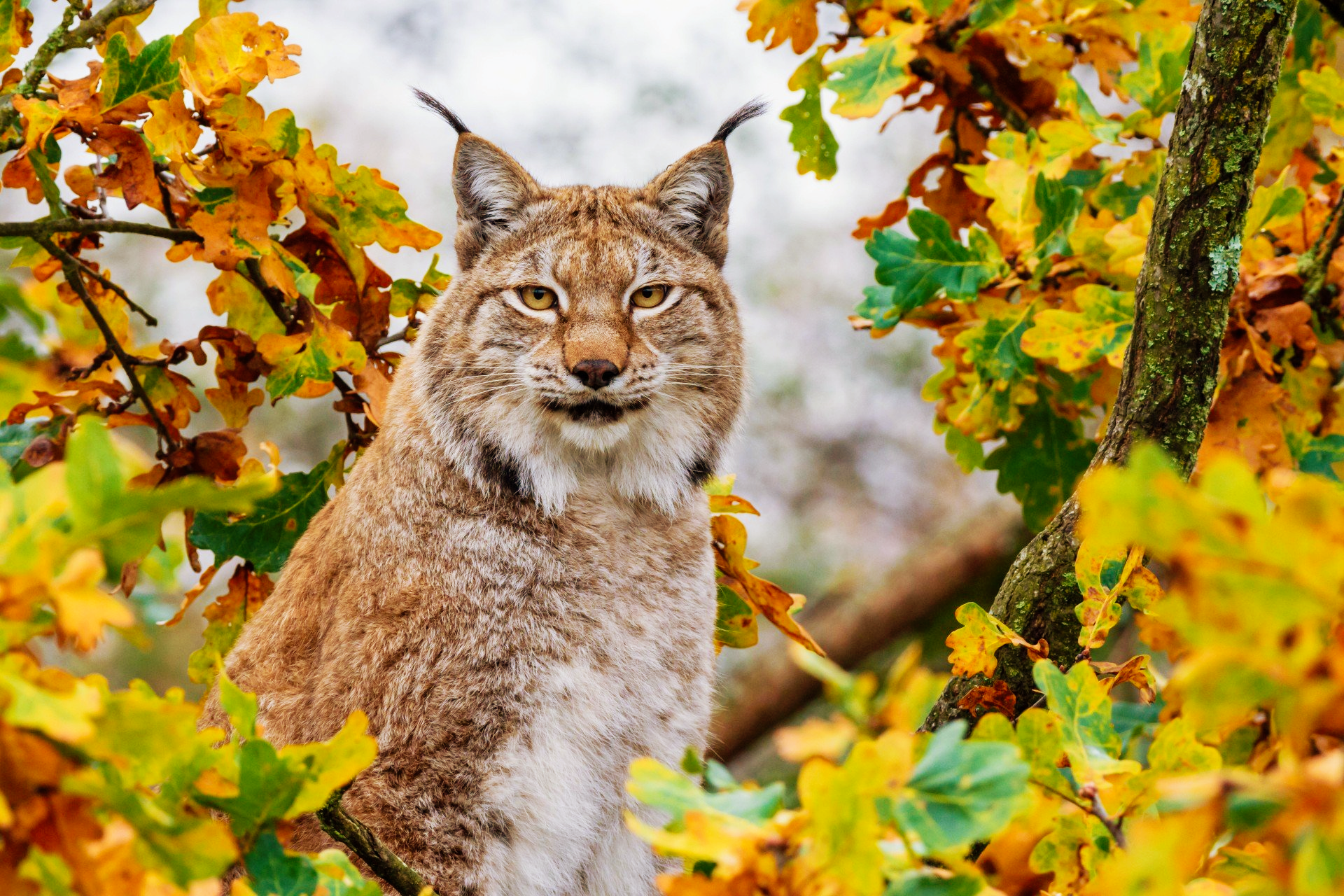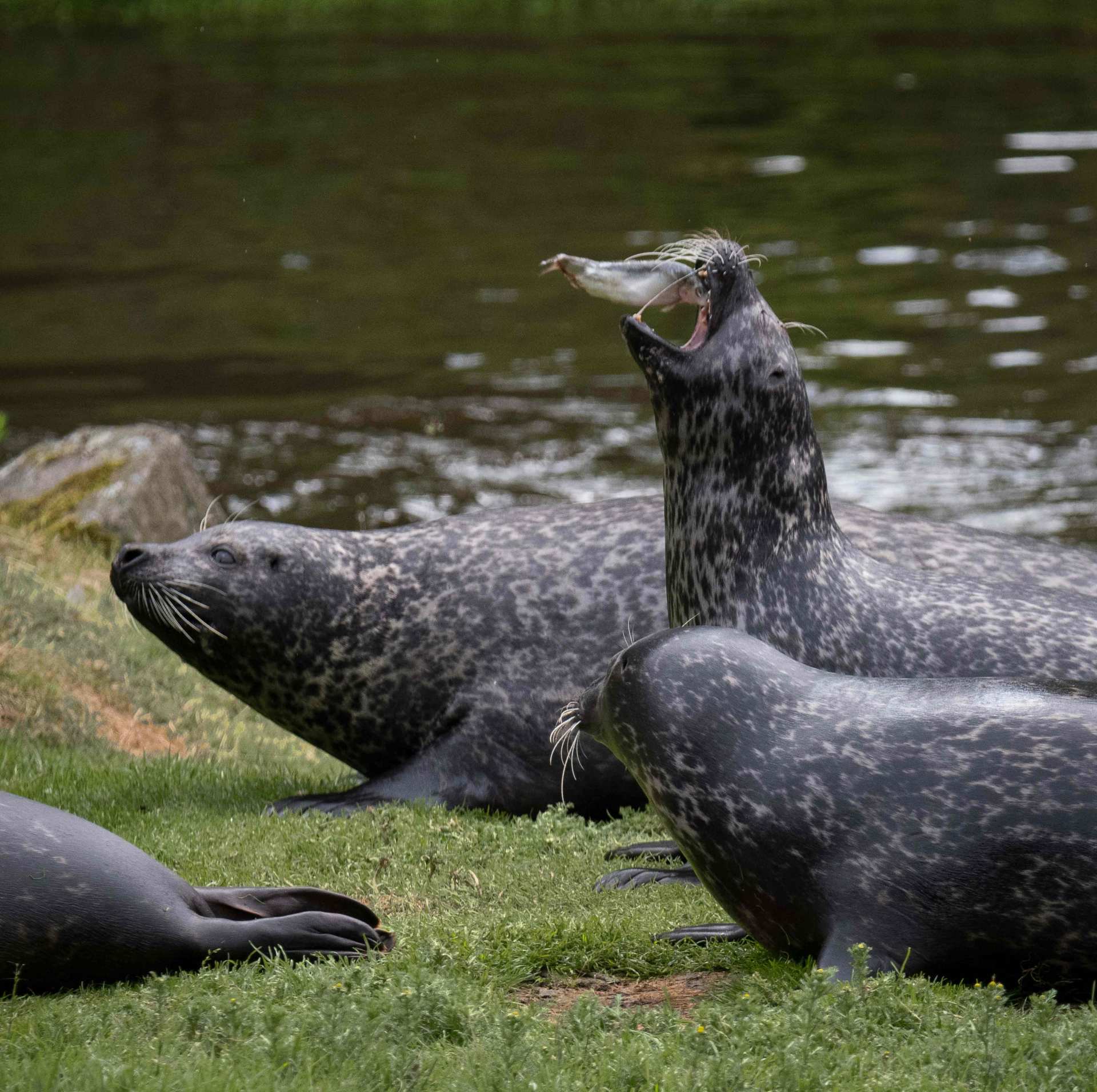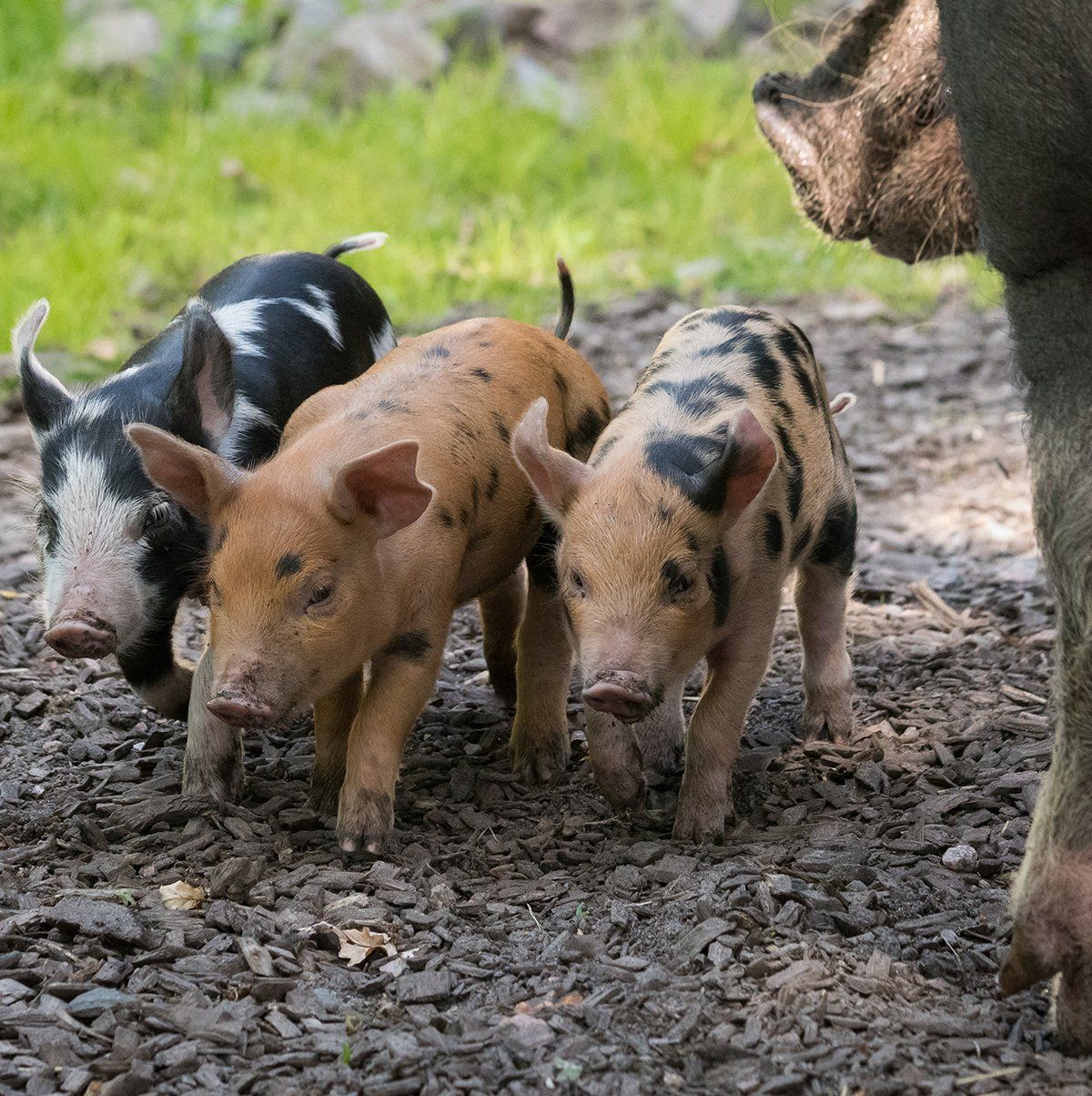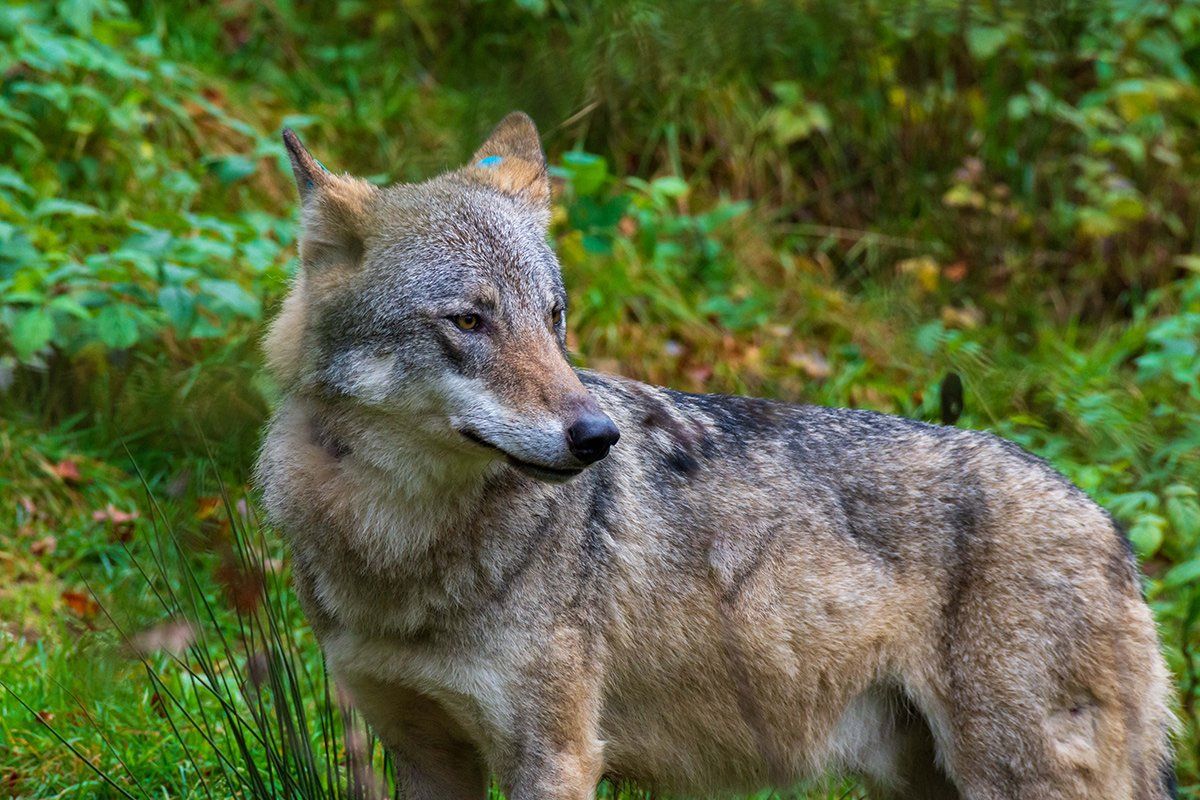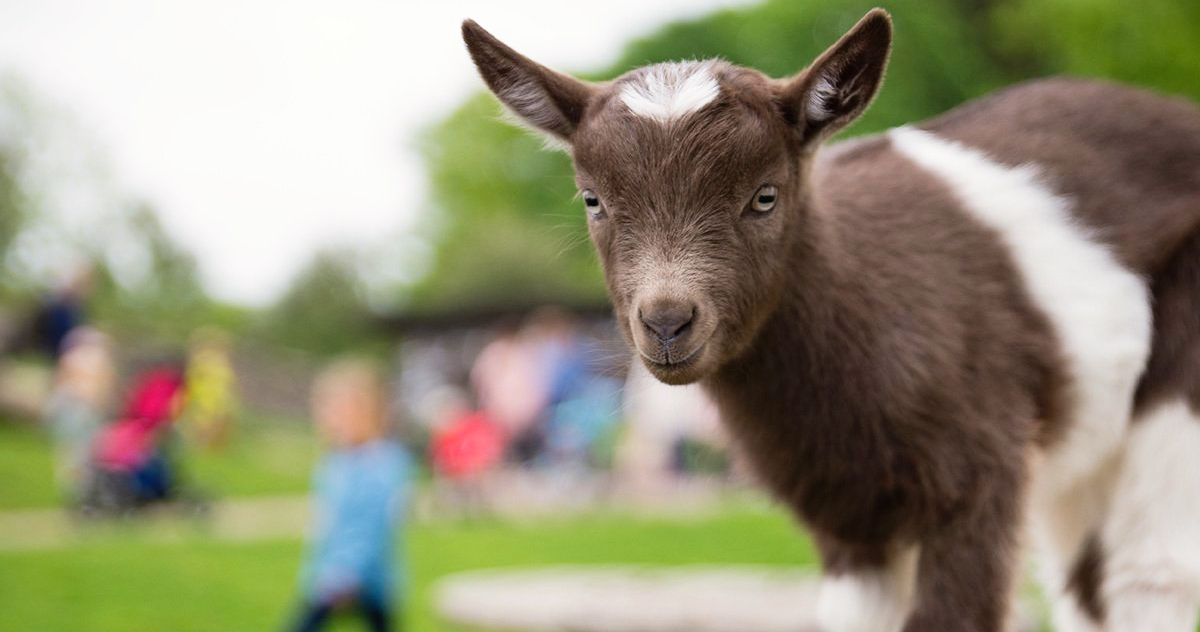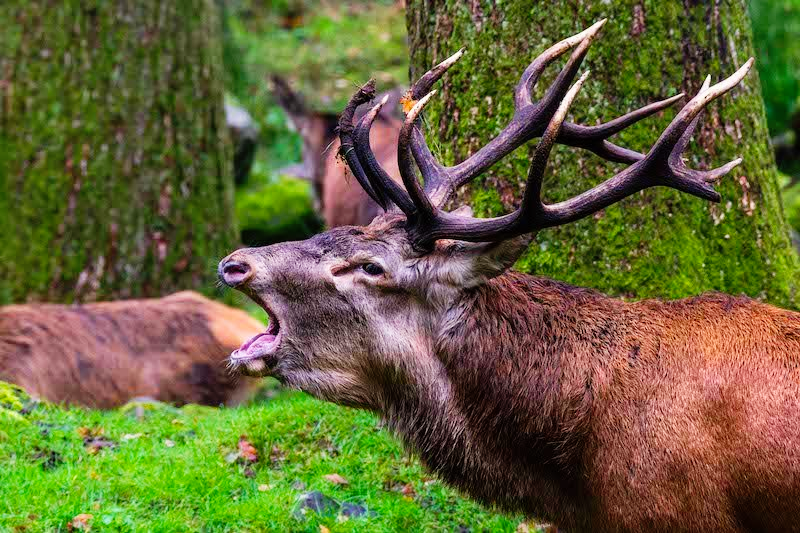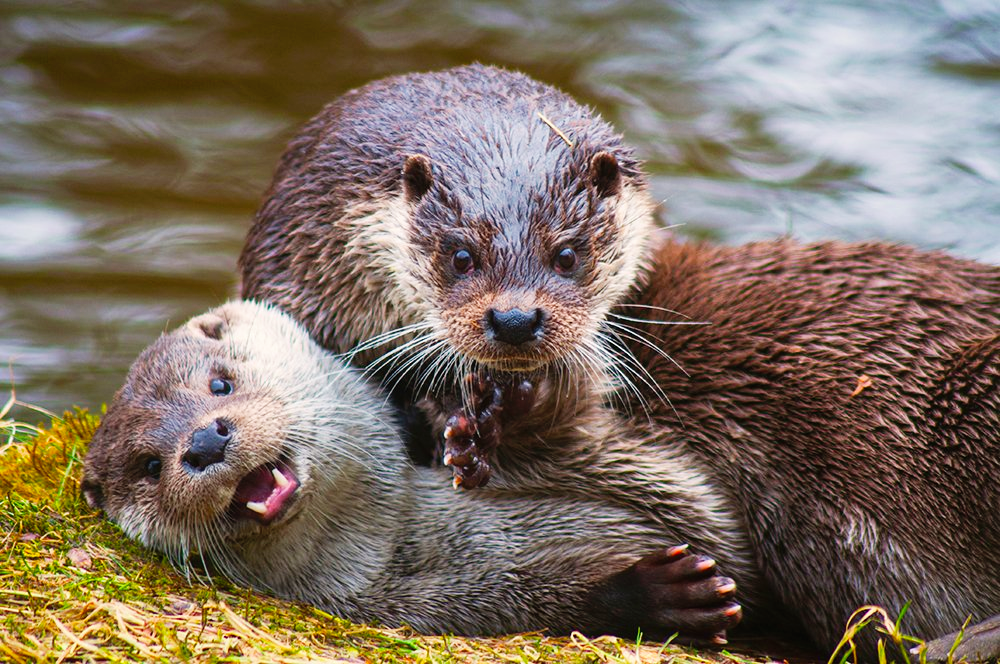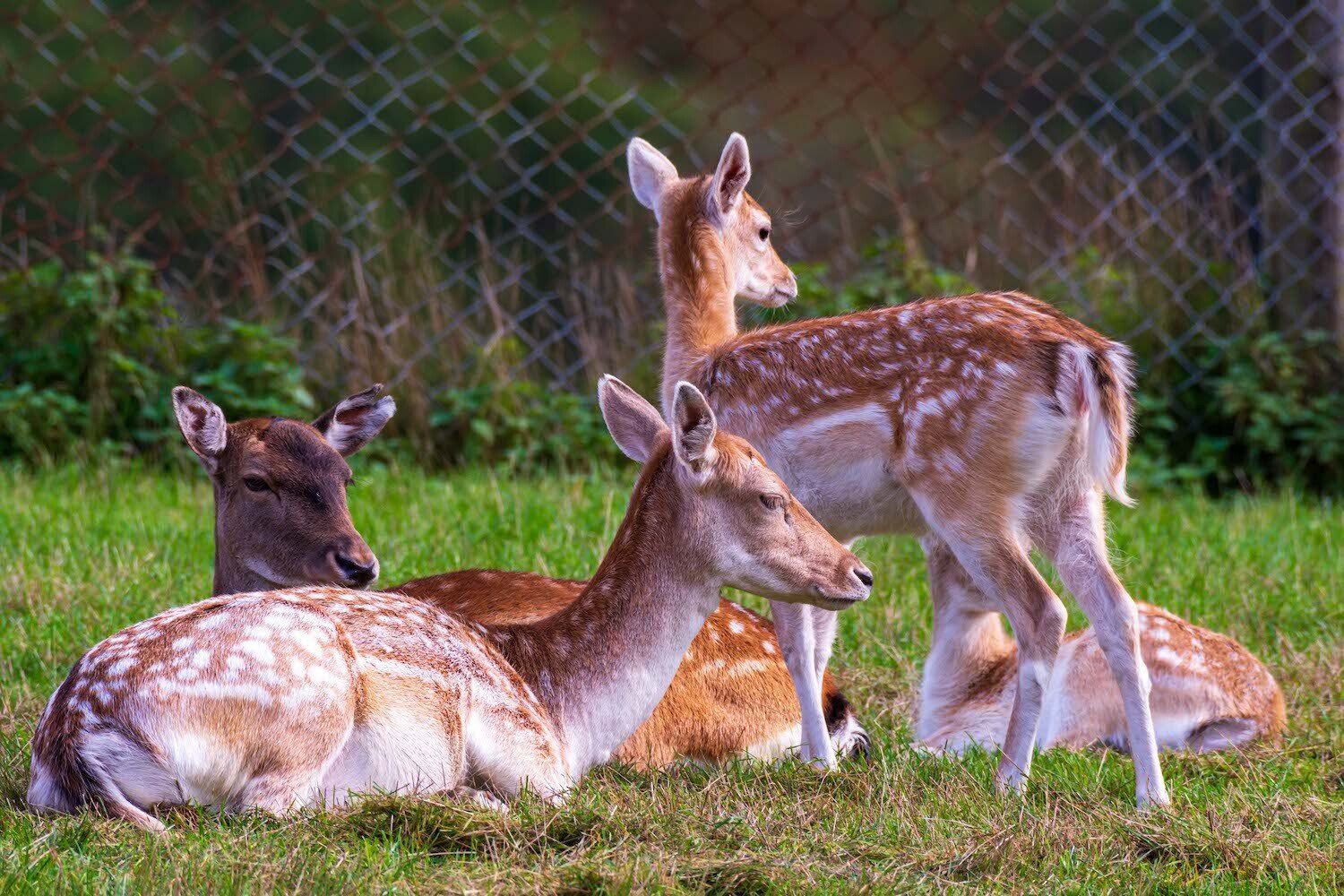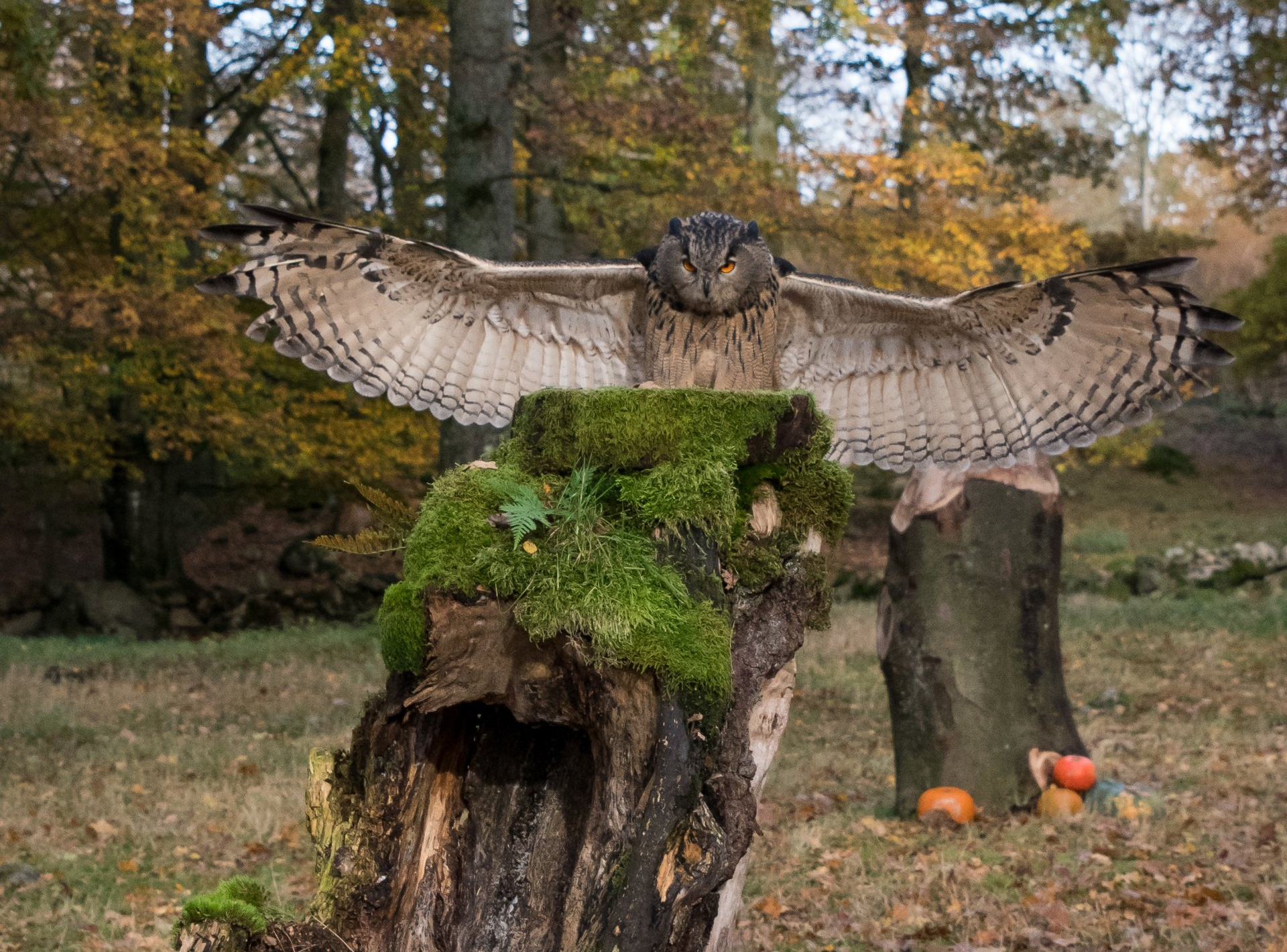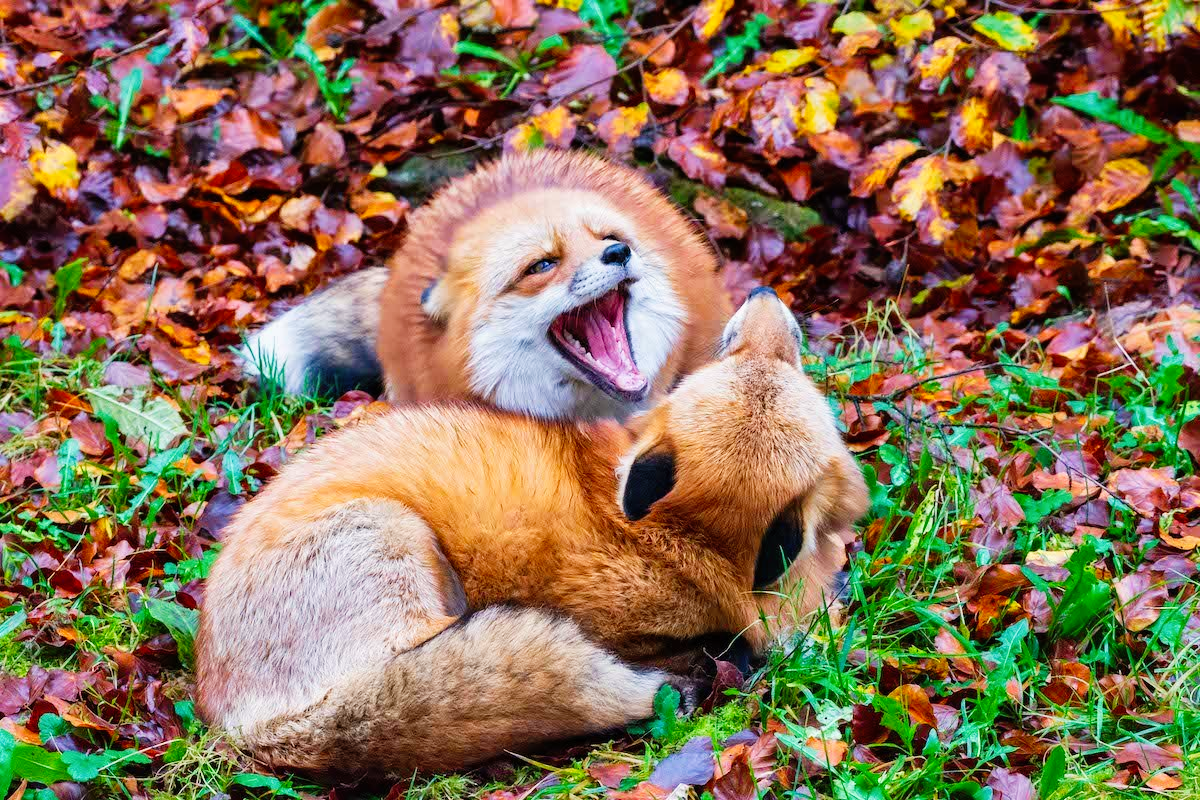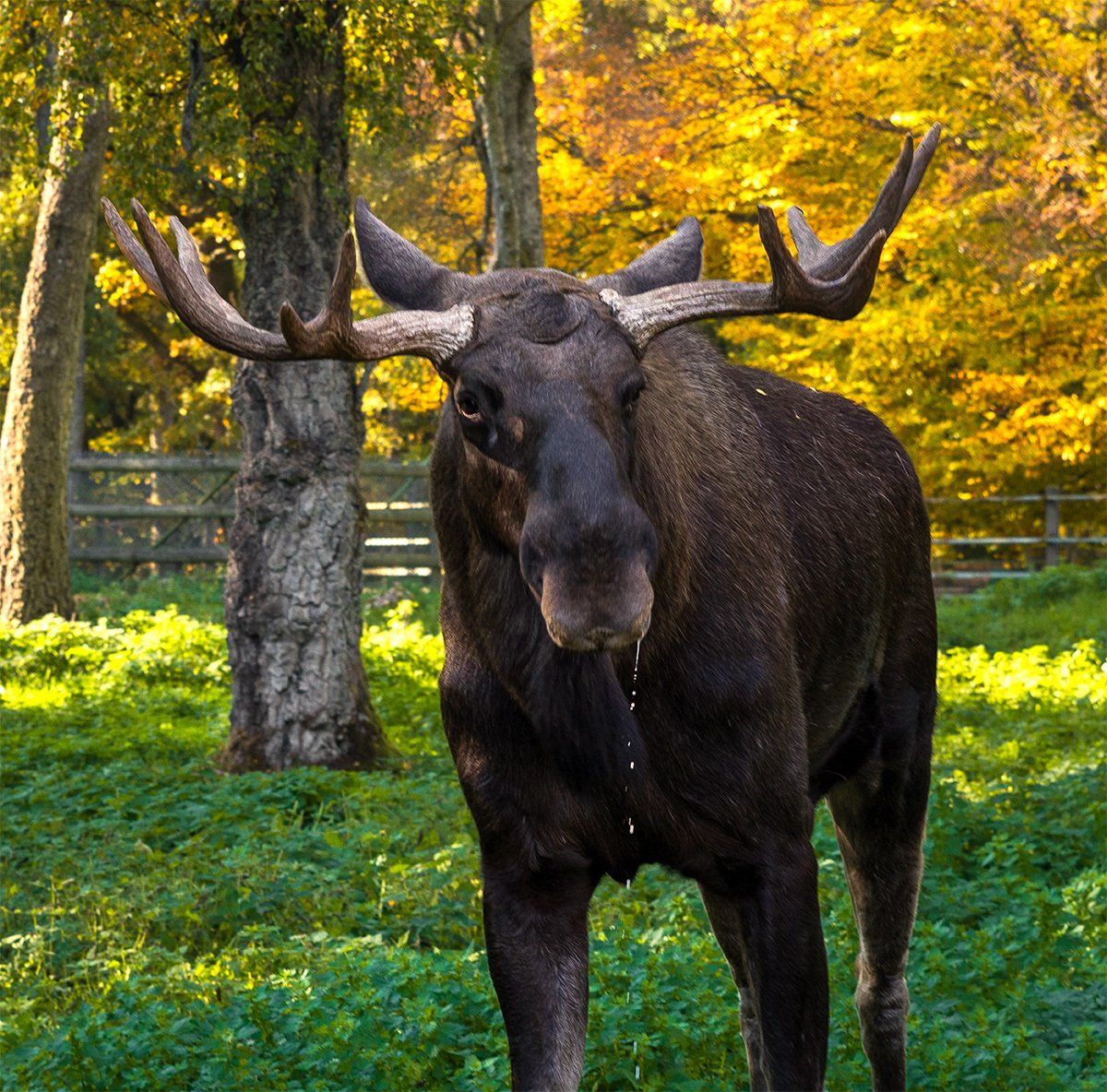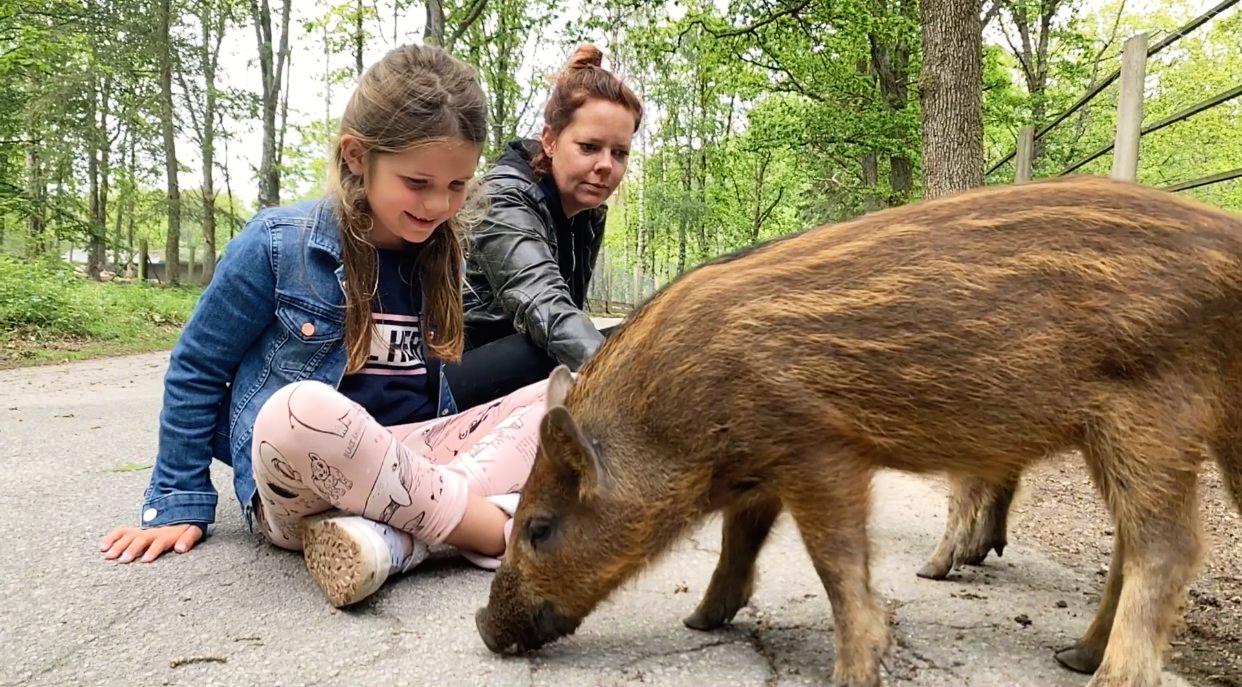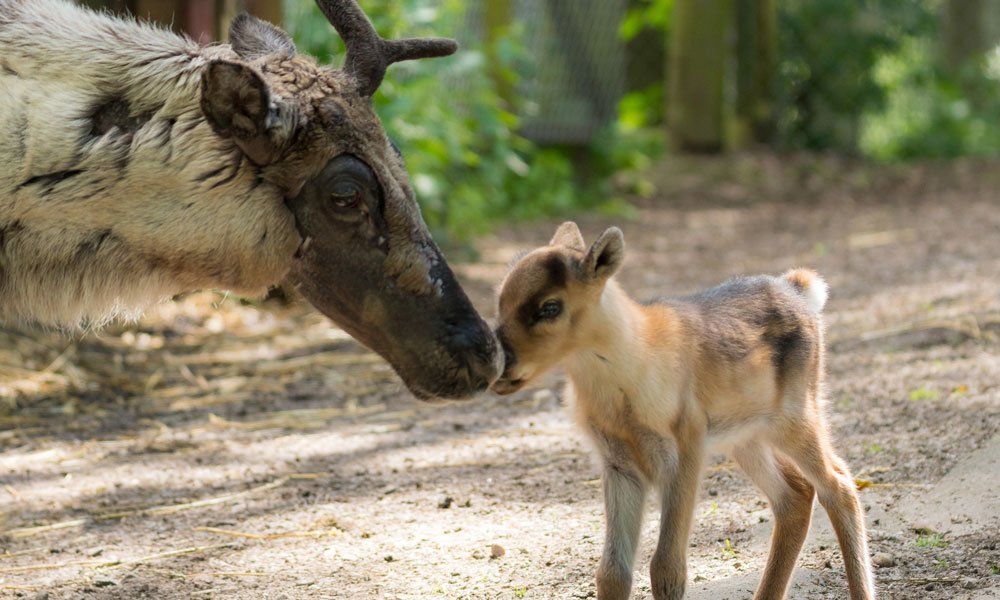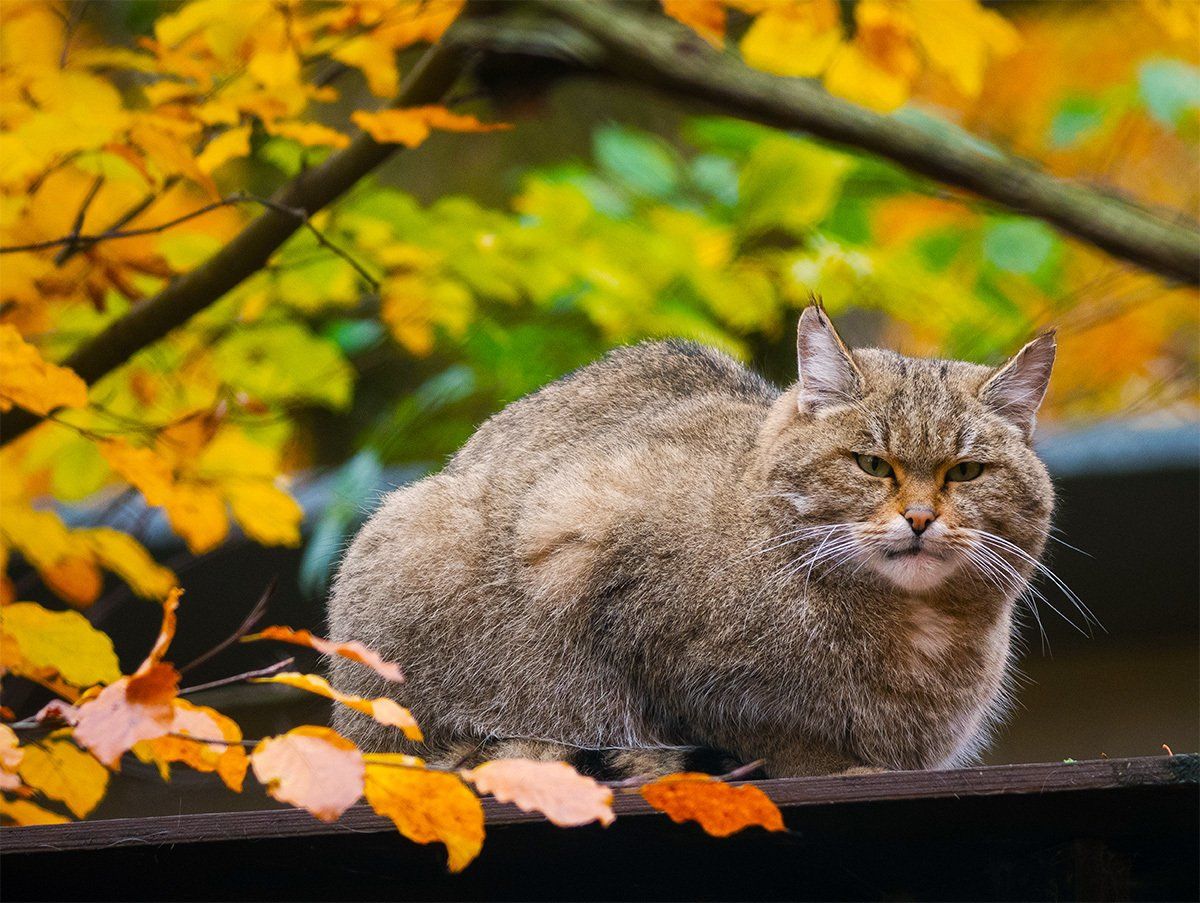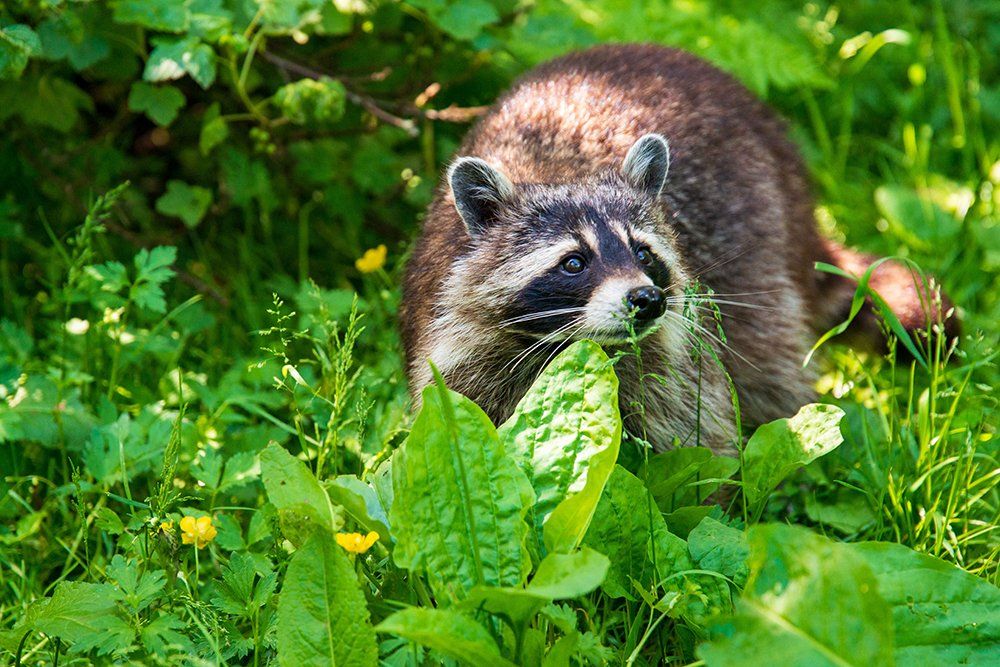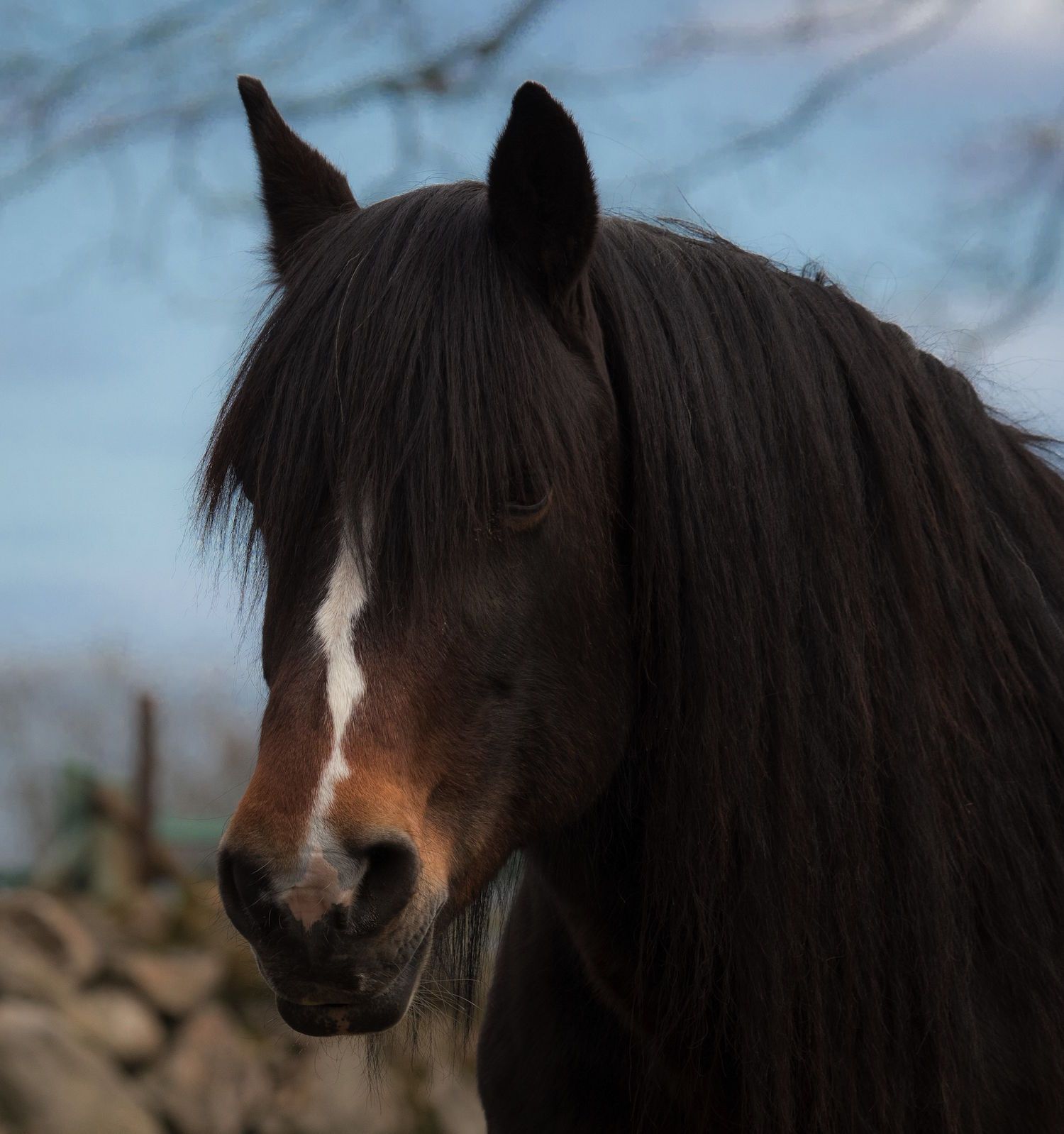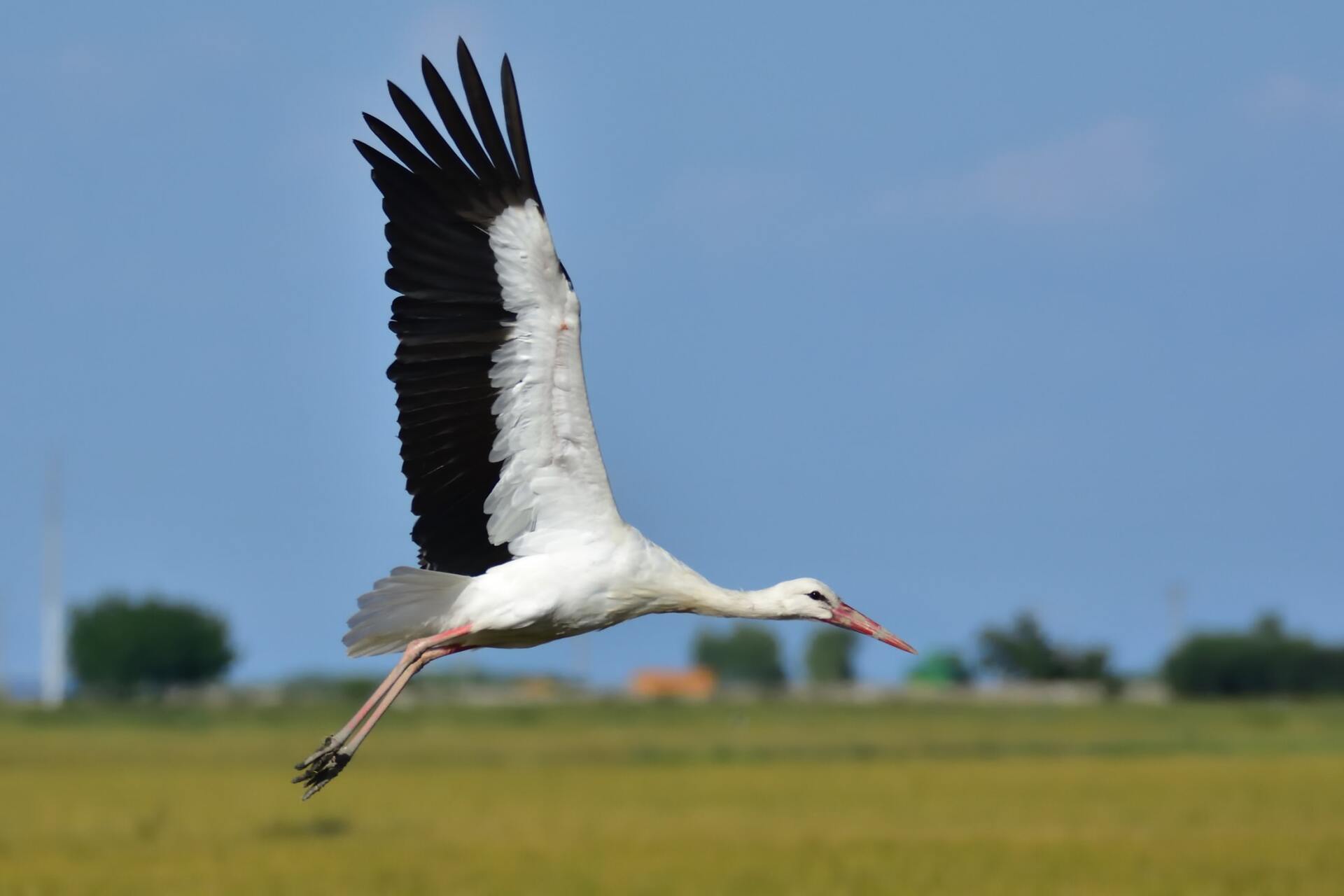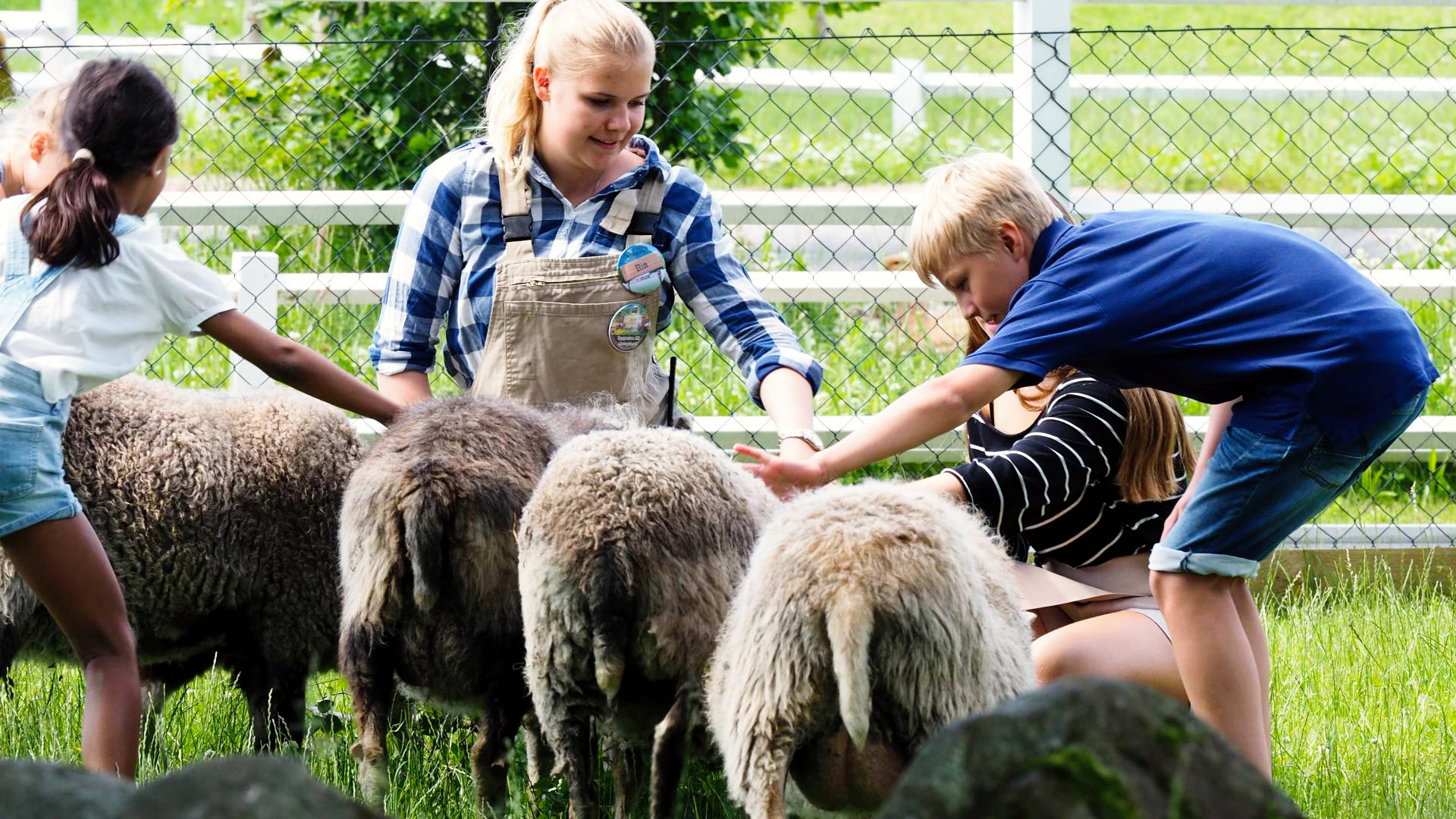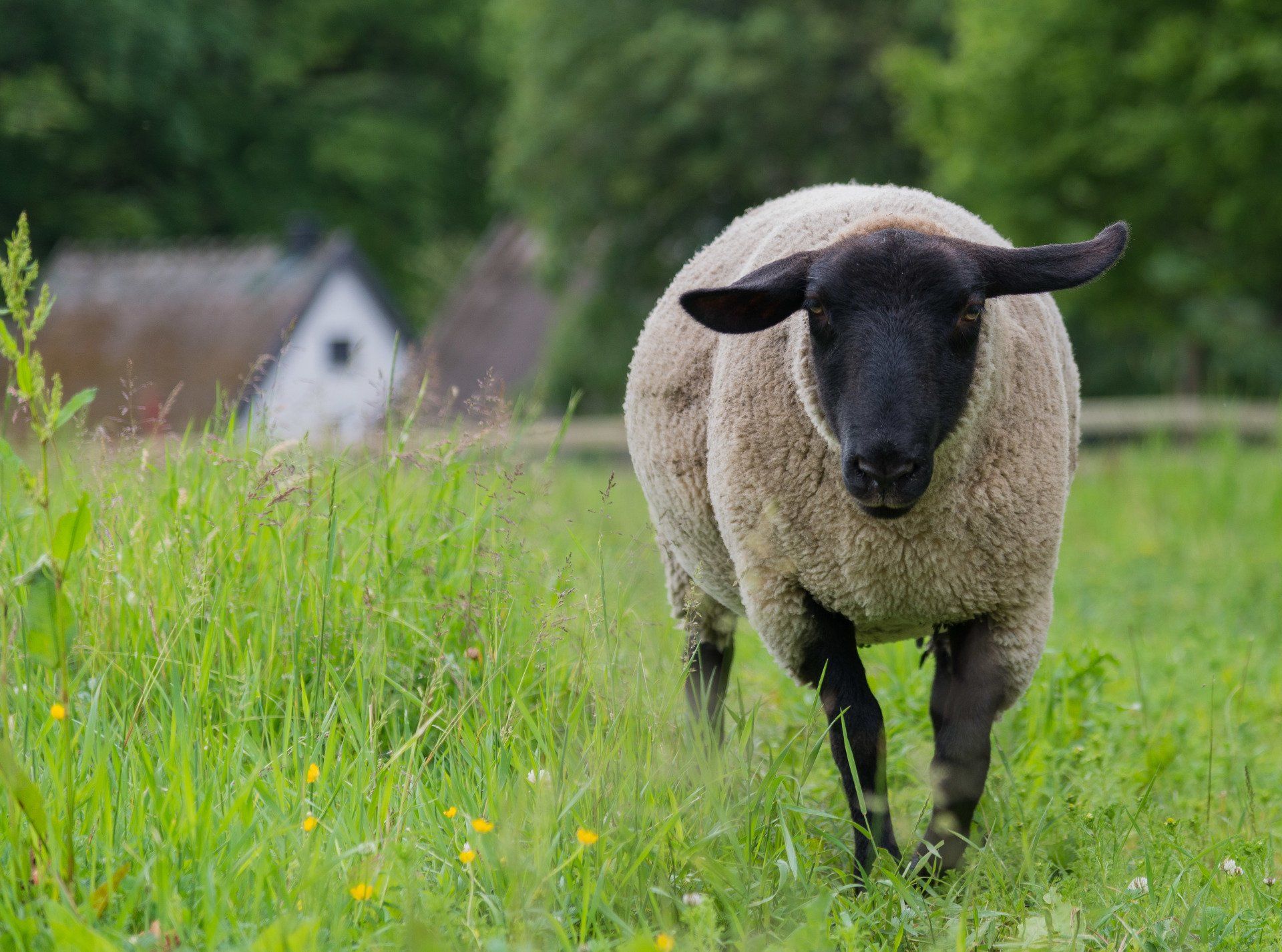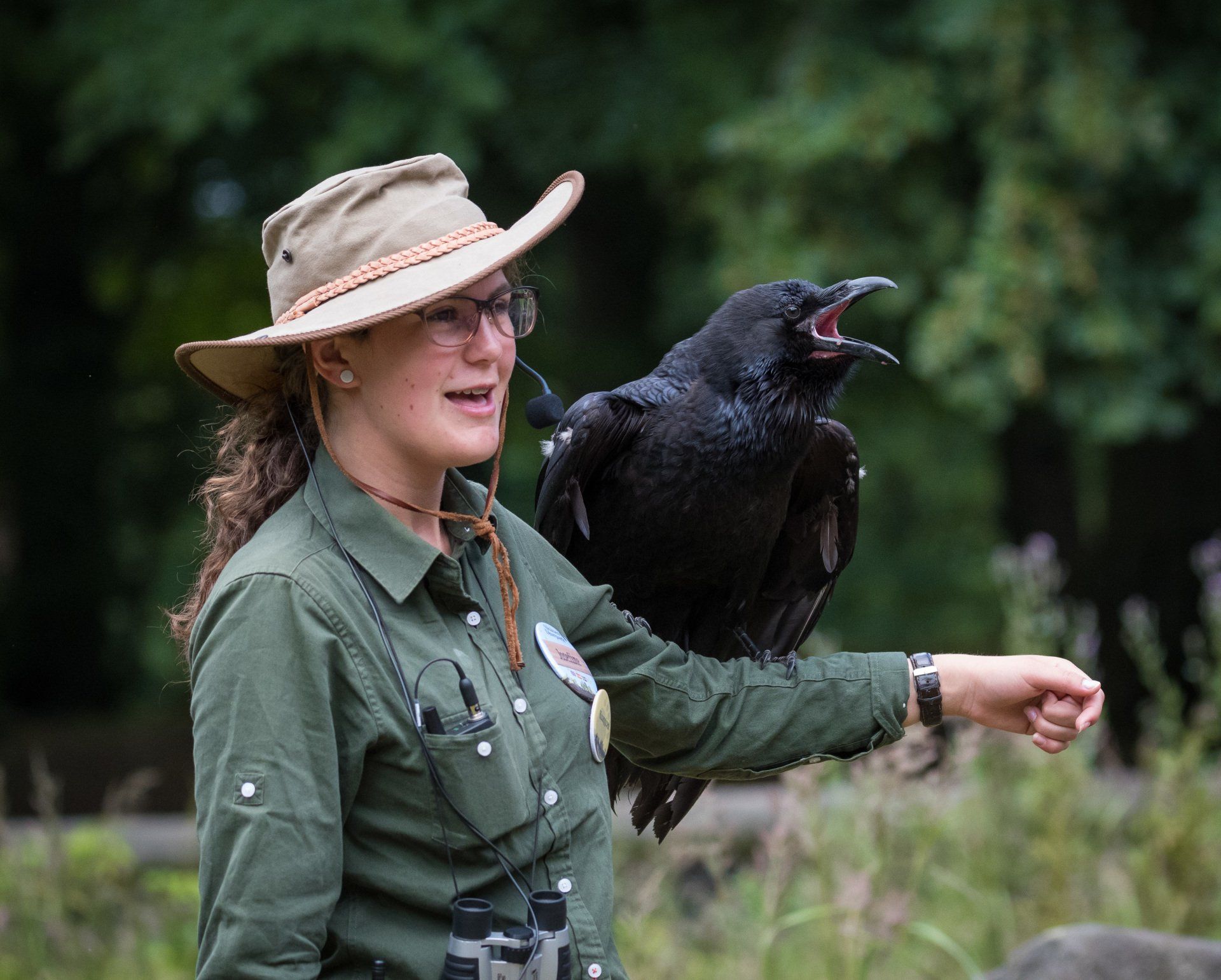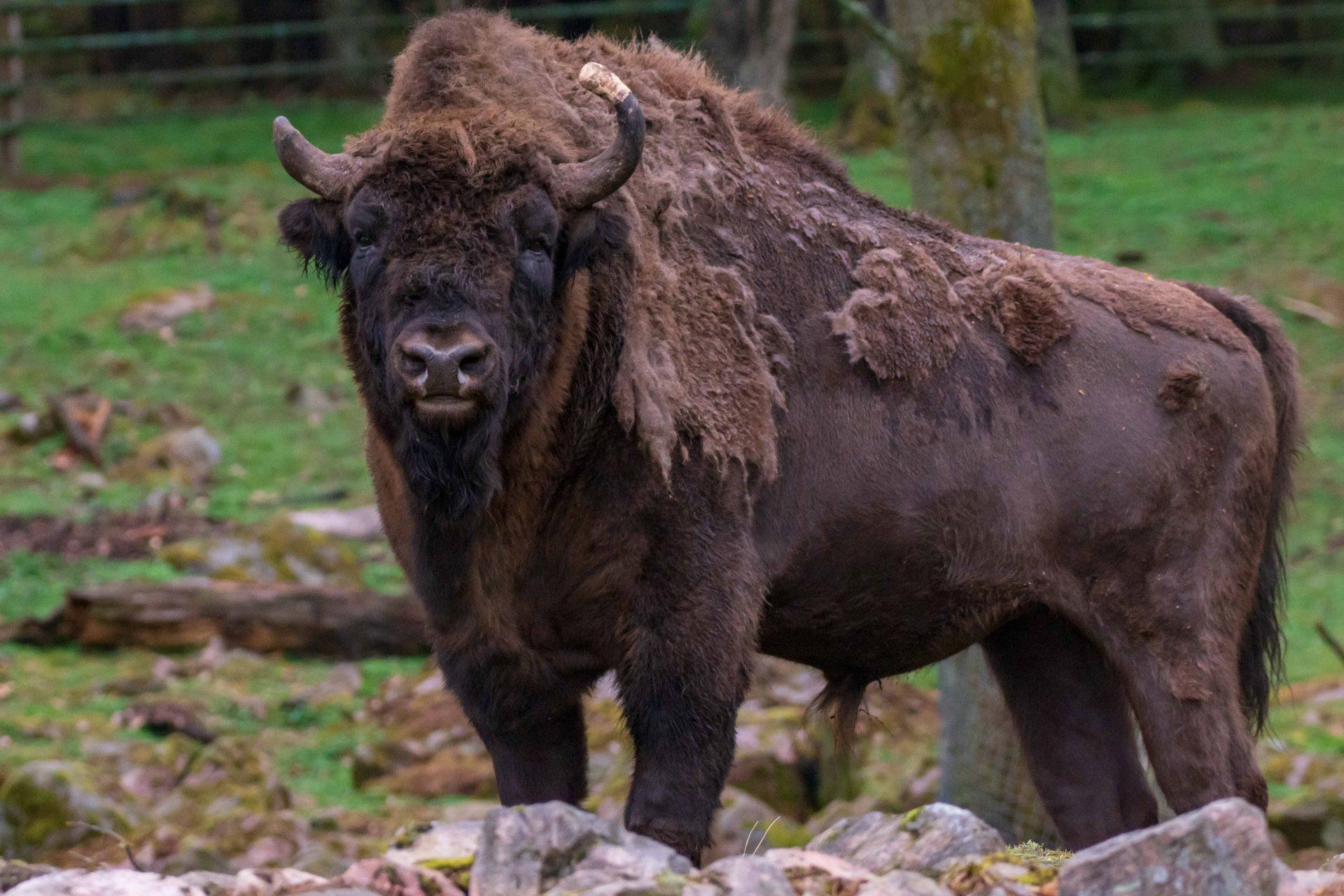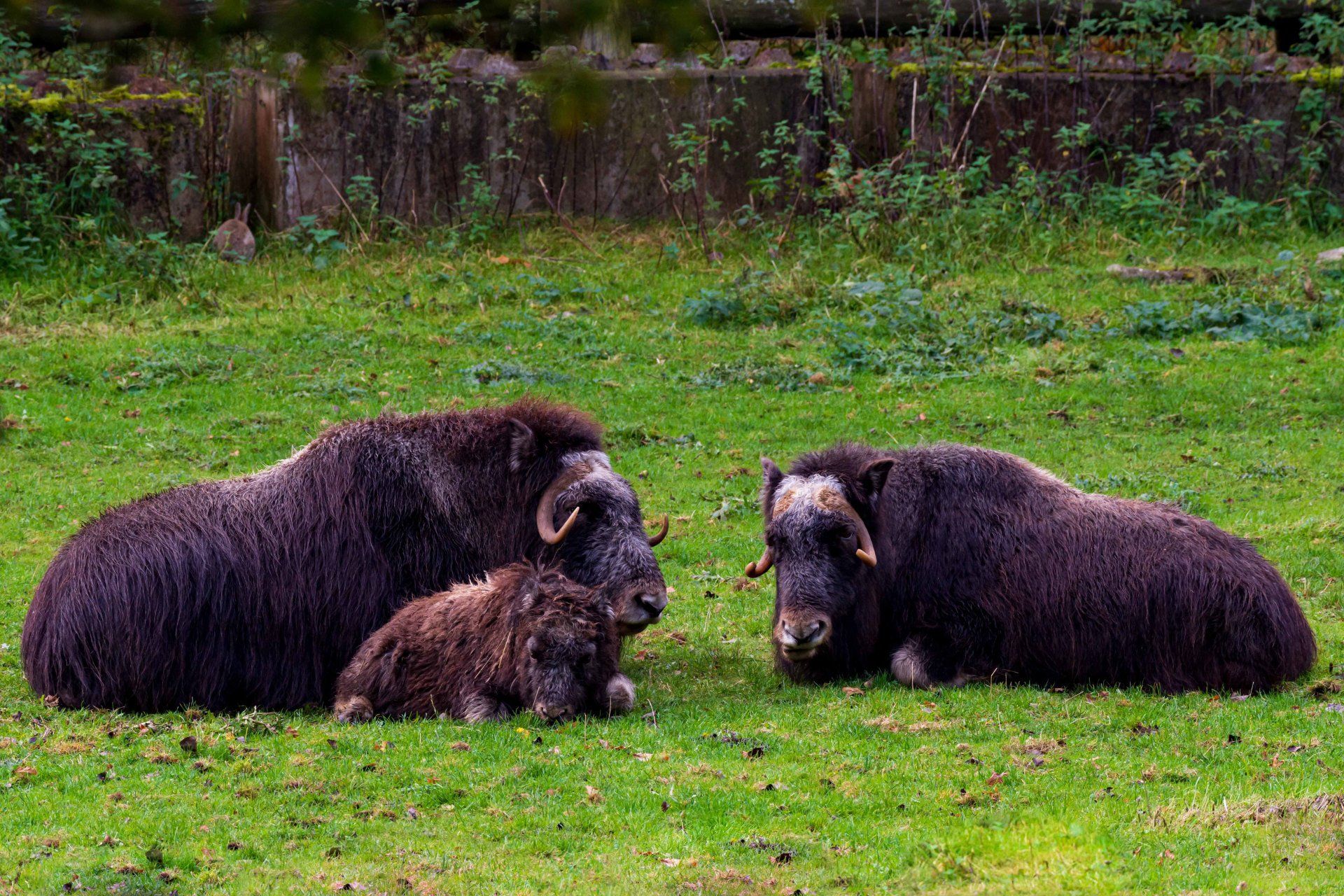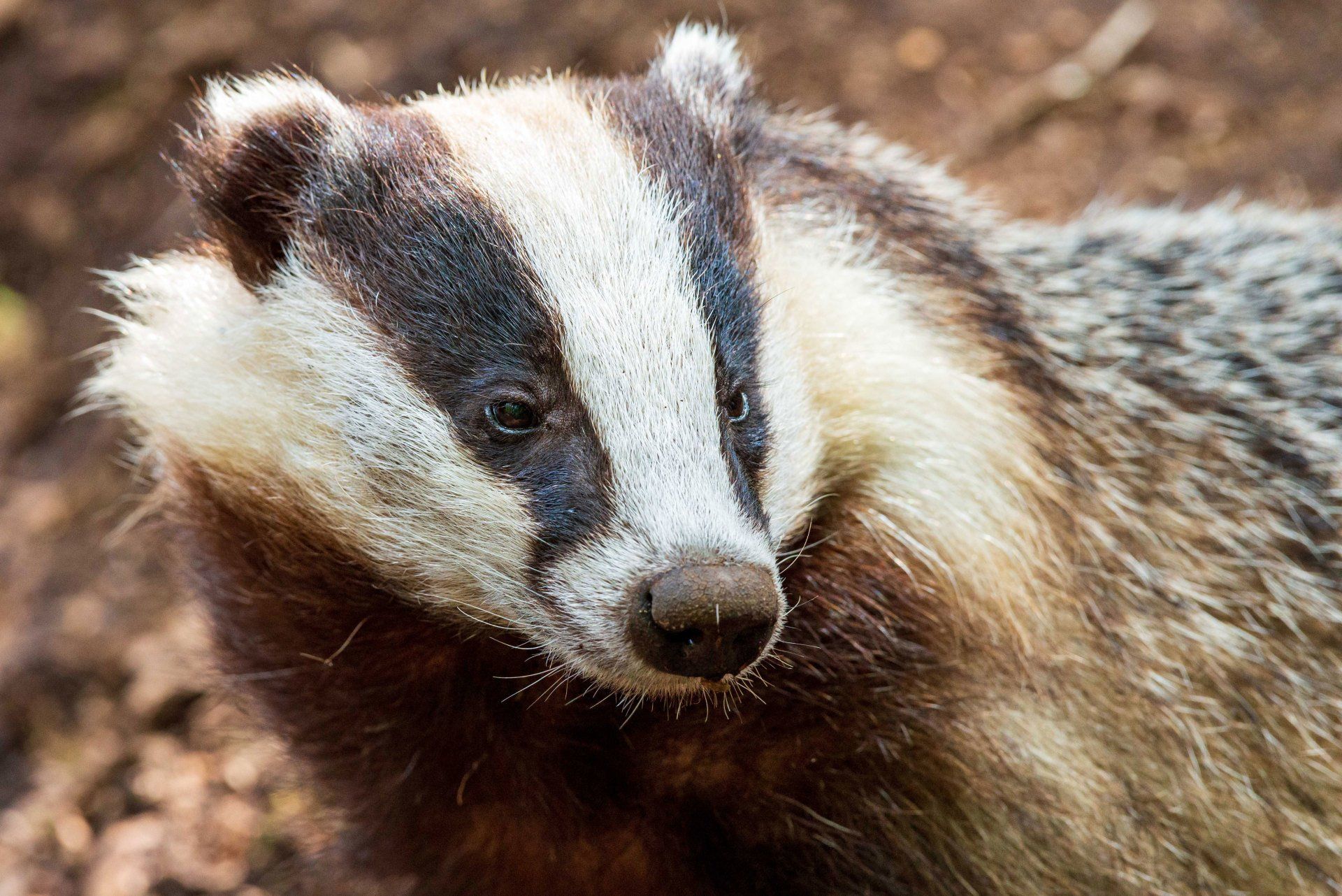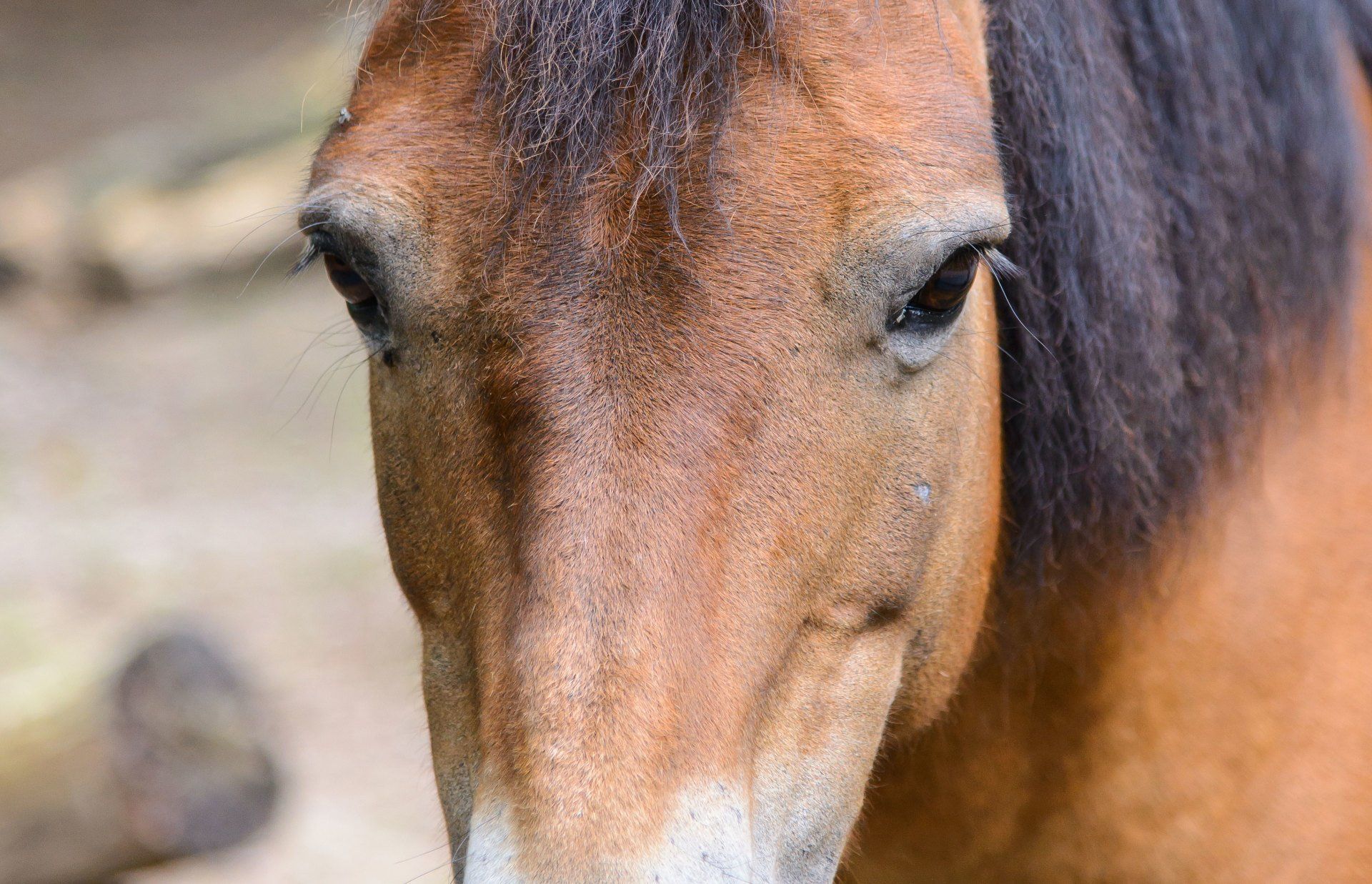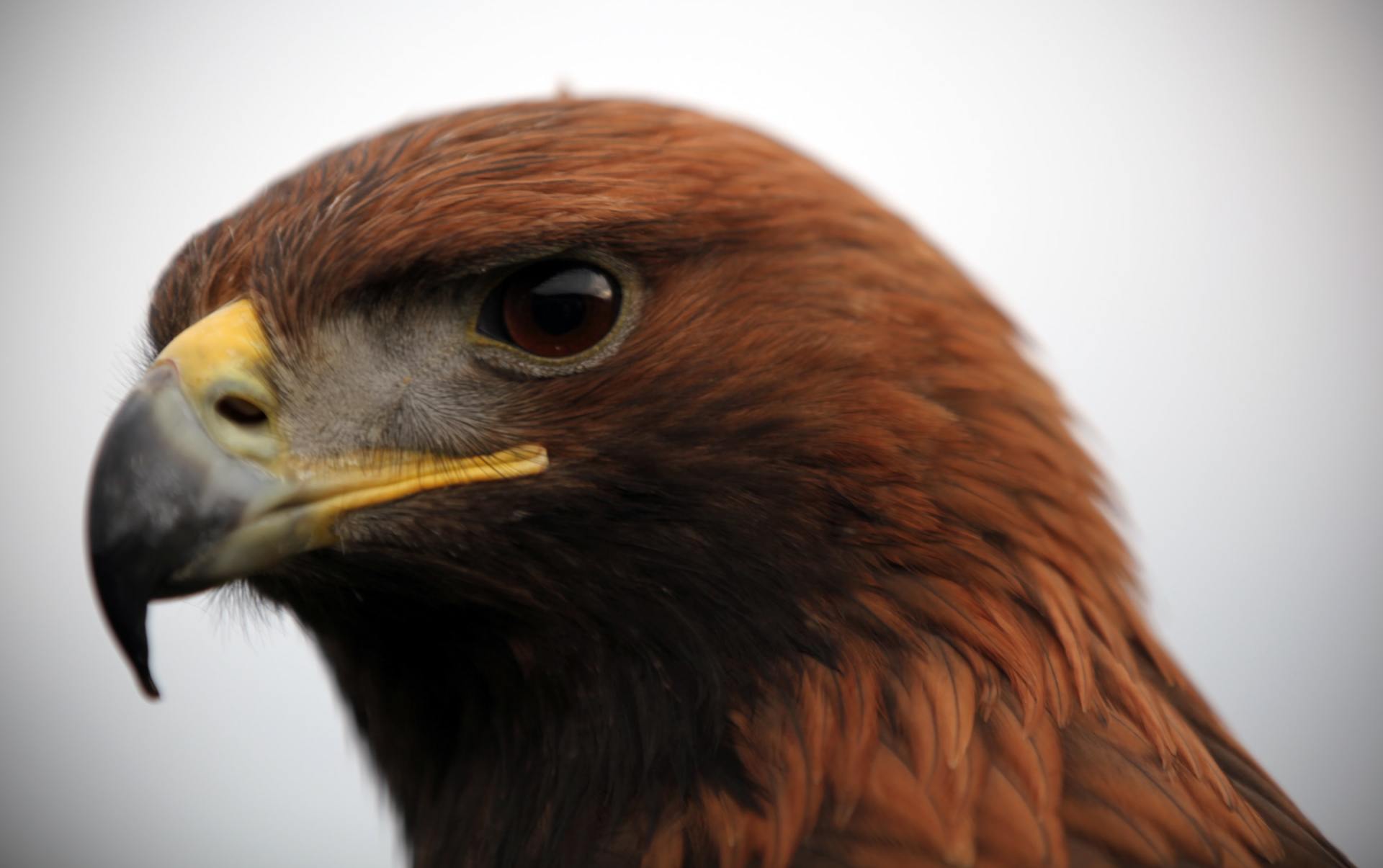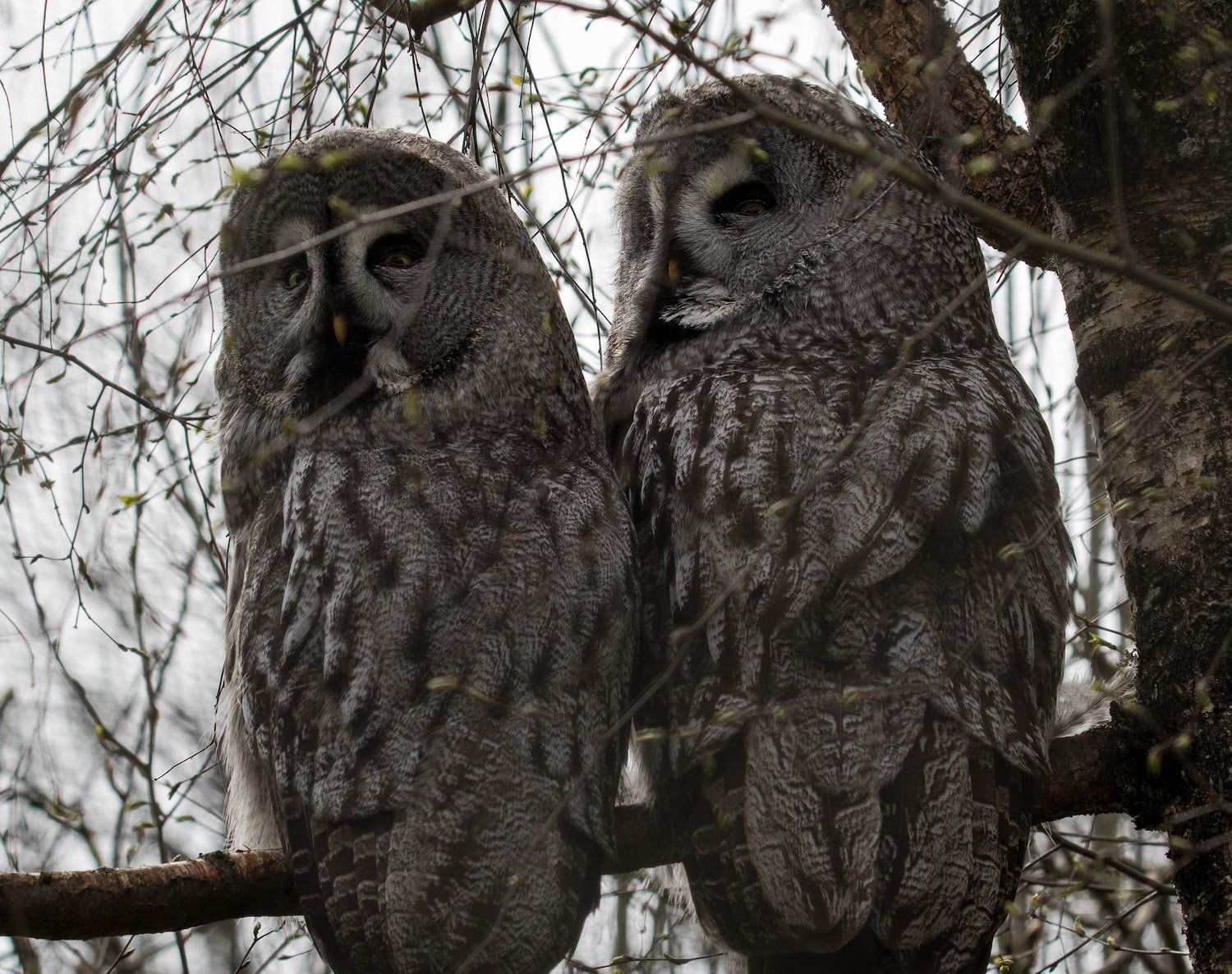FAKTA OM KORP
Four things you didn't know about ravens!
1. Ravens are playful birds
The raven is an intelligent animal, but also one of the most playful. Like flying acrobats, they go about changing the air: they fly up and down and do somersaults. It is also through play that the young ravens develop their intelligence and learn: they pick apart the objects they find, curiously pinch what comes in their way with their large beaks and go sledding in the snow during the winter. The raven Konjak who lives in the Skåne Djurpark is a master at tying up the zookeepers' shoelaces if they don't keep her under control!
1. Korpar kan lära sig att prata
Like parrots, the raven can imitate other sounds. They can mimic both humans and other birds!
1. Korpar är intelligenta
Korpar är sociala och smarta djur. I naturen hjälps de åt att locka bort fåglar från bona så att de kan ta fågeläggen. Inom forskningen har flera experiment genomförts där korparna ställs inför uppgifter de aldrig tidigare mött. Ett exempel är då man hängt en köttbit från en gren i ett långt snöre: för att få tag i köttet måste korpen hala upp snöret bit för bit. Vissa vuxna korpar klarar detta på första försöket, av allt att döma tänker de ut lösningen på förhand innan de tar sig an uppgiften.
1. Ravens can sense
Vi vet naturligtvis att det inte bara är människor som har känslor, det har även djuren. Korpar är bra exempel på att djur har känslor och känner empati. När en korp förlorar en kamp mot en annan korp får den ofta tröst av sina vänner. Korpen kan dessutom känna igen människoansikten och hälsar fågeln på korpar den tycker om. Samma vänlighet visas inte alltid gentemot korpar den ogillar och gentemot främlingar uppträder den vaksamt.



